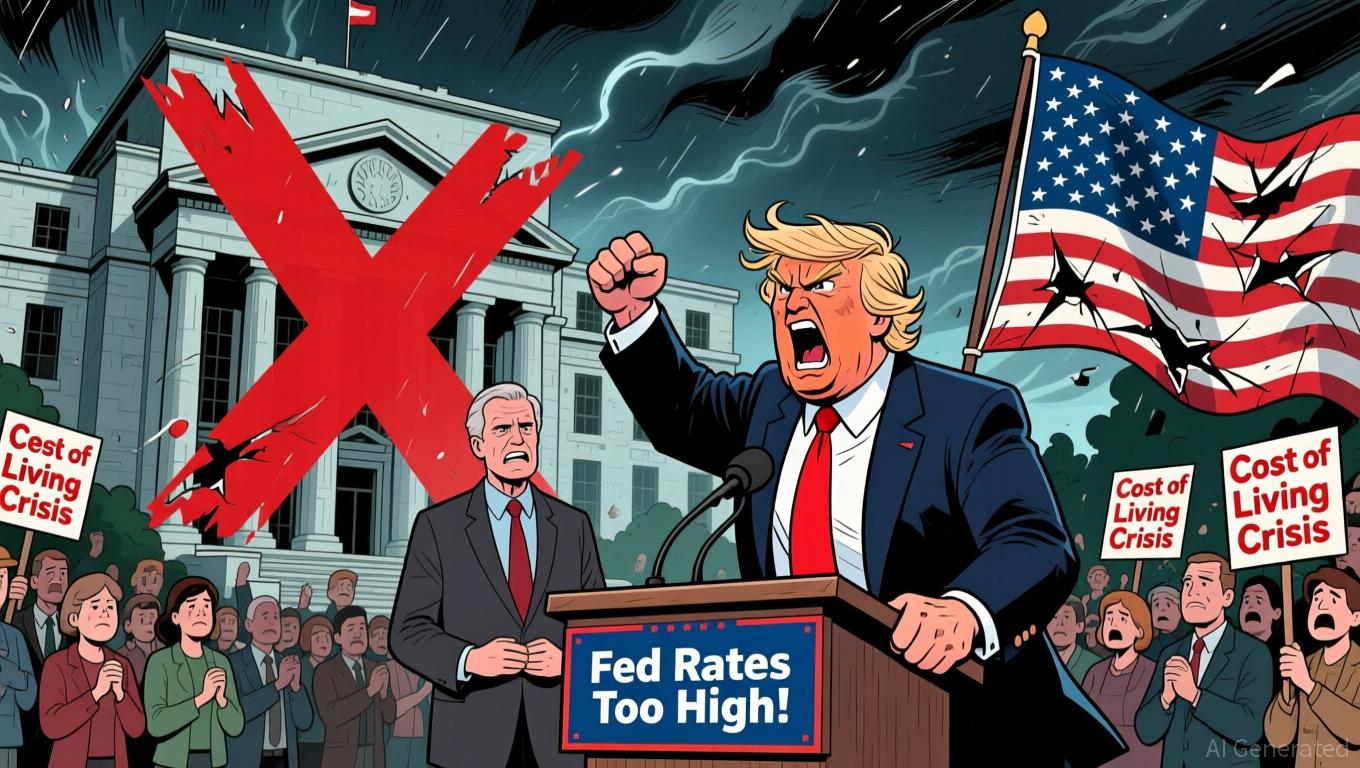Hyperliquid News Today: Individual Investors Drive Equity Perpetuals Amid Heightened Risk Discussions
- Market participants advocate unrestricted stock leveraged perpetuals as a simpler alternative to 0DTE options, citing growing retail demand for leveraged equity exposure. - Decentralized platforms like trade.xyz and Felix dominate equity perpetuals trading, with Nasdaq 100 perpetuals generating $75M daily volume versus $5.5M on Ostium. - SafePal integrates Hyperliquid's perpetuals exchange into its wallet, reflecting DeFi's hybrid CeFi-DeFi evolution and expanding tokenized asset risk products. - Recent
The movement advocating for open access to leveraged perpetual contracts for equities is gaining momentum, with many in the market suggesting these tools provide a simpler and more effective alternative to conventional leveraged products such as 0DTE options. Equity perpetuals, which enable participants to take leveraged positions on both stock indices and individual shares, have experienced rapid growth, especially across decentralized exchanges.
The conversation around equity perpetuals is also being shaped by their potential role in asset tokenization. Experts observe that perpetuals platforms could become key players in the tokenization landscape by providing structured risk solutions for tokenized assets. "Perpetuals offer an accessible way to manage risk, especially for individual traders, as they are easier to understand,"

Nonetheless, market conditions remain unpredictable.
:
:
:
:
---
Disclaimer: The content of this article solely reflects the author's opinion and does not represent the platform in any capacity. This article is not intended to serve as a reference for making investment decisions.
You may also like
Zcash News Update: Major Investors Turn to Zcash's Privacy Features During Crypto Market Slump
- Institutional investor Cypherpunk Technologies added $18M in ZEC, now holding 1.43% of Zcash's supply amid broader crypto market declines. - ZEC surged 140% in a month to $671.35 as leveraged traders faced $5.5M losses during volatile price swings, highlighting market fragility. - Zcash's zero-knowledge privacy features attract "censorship-resistant" asset demand, with Cypherpunk's $291 average cost yielding 120% paper gains. - Despite AI trading platform competition, ZEC's niche privacy appeal persists,
Fed’s Decisions and Their Impact on Solana (SOL): Broader Economic Changes Drive Faster Crypto Uptake and Increased Altcoin Price Fluctuations
- Fed's 2025 rate cuts and QT cessation reintroduce liquidity, boosting Solana (SOL) as a beneficiary of macroeconomic uncertainty. - 21Shares Solana ETF's $100M AUM highlights institutional adoption aligned with Fed-driven easing cycles. - SOL's 14% weekly price drop in late 2025 reflects volatility from geopolitical risks and regulatory uncertainties. - Fed policy ambiguity (e.g., dissenting votes) amplifies Solana's price swings amid conflicting signals on future rate cuts. - Historical data shows Solan
ICP Caffeine AI and the Rising Focus in Crypto: Assessing Expansion Prospects in the Era of AI-Powered Blockchain Advancements
- ICP Caffeine AI, a blockchain-AI platform on ICP, integrates AI into dApps via decentralized infrastructure, reducing inference costs by 20–40%. - Strategic partnerships with Microsoft Azure and Google Cloud boosted institutional adoption, with TVL reaching $237 billion by Q3 2025. - The ICP token surged 385% in a month, driven by institutional confidence in its utility-driven model and regulatory alignment with frameworks like Singapore’s MAS. - Challenges include 22.4% dApp usage decline, scalability b
Trump’s Dispute with the Fed Highlights the Strain Between Political Influence and Central Bank Autonomy
- Trump publicly criticized Fed Chair Powell, threatening to fire him over high rates. - Bessent highlighted tariff cuts on food imports and proposed $2,000 rebate checks to address affordability. - The Fed’s independence faces political pressure as Trump’s economic agenda clashes with monetary policy. - Trump’s rhetoric underscores tensions between presidential authority and central bank autonomy ahead of 2026 midterms.
